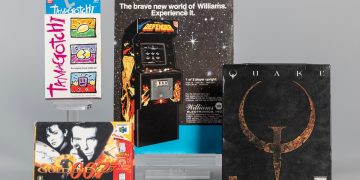When something seems too good to be true, it usually is. That’s exactly the sentiment that surrounded Microsoft’s Xbox Game Pass when the Xbox Series X/S launched. It felt like an unbeatable bargain, with access to a fantastic library including day-one releases of Microsoft’s own games for just $10 a month.
However, things have changed in the years since then. Prices have steadily climbed, partly due to widespread financial challenges following the COVID-19 pandemic. In 2023, the Game Pass for console saw a bump to $11, while the Ultimate version, which includes access to PC games, went up by two dollars, landing at $16.99. Despite the price hike, it still seemed like a reasonable deal, especially when considering Microsoft’s massive $69 billion acquisition of Activision Blizzard. The rise was relatively moderate, even a bit below inflation.
Then 2024 hit, and things took a turn. In July, Game Pass Ultimate jumped from $17 to $20, marking an eye-watering 18% increase that went way beyond inflation. Worse still, Microsoft axed the more wallet-friendly $11 console-only tier. In its place, they introduced Game Pass Standard, which no longer featured day-one game releases and came with a price tag of $15. That’s an almost 50% increase for a service offering less value.
So, for those who used Game Pass to dive into the full library and enjoy Microsoft games from day one, costs effectively skyrocketed from $11 to $20 a month. This leap, now with the colossal Activision Blizzard deal behind them, felt very much influenced by Microsoft’s big spending spree.
Fast forward to 2024, and Game Pass transformed from an incredible deal to something that leaves a bitter taste. At $240 a year with no annual discount, it’s a price tough to swallow.—John Walker










![[PS5] Review of Lost Records: Bloom and Rage – Tape 2 [PS5] Review of Lost Records: Bloom and Rage – Tape 2](https://www.intergamerz.com/wp-content/uploads/2025/04/Complimentary-Game-Lost-Records-Bloom-and-Rage-PS5-Giveaway-North-360x180.jpg)






















![[Industry Direct] PHI Studio & Agog Invite Applications for a Four-Week Residency for Immersive Artists [Industry Direct] PHI Studio & Agog Invite Applications for a Four-Week Residency for Immersive Artists](https://www.intergamerz.com/wp-content/uploads/2025/05/Industry-Direct-PHI-Studio-Agog-Invite-Applications-for-a-360x180.jpg)












